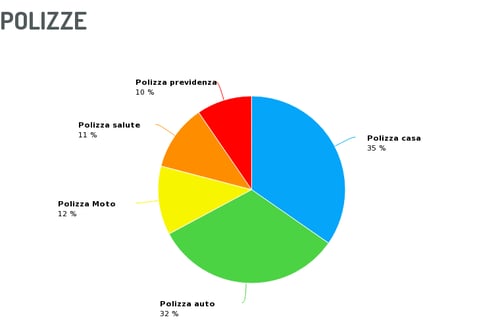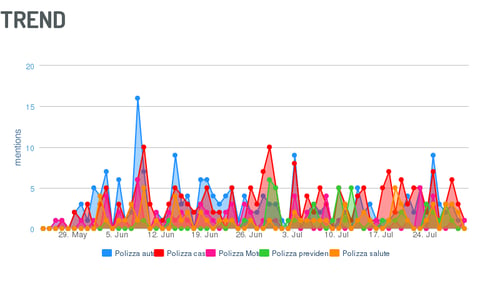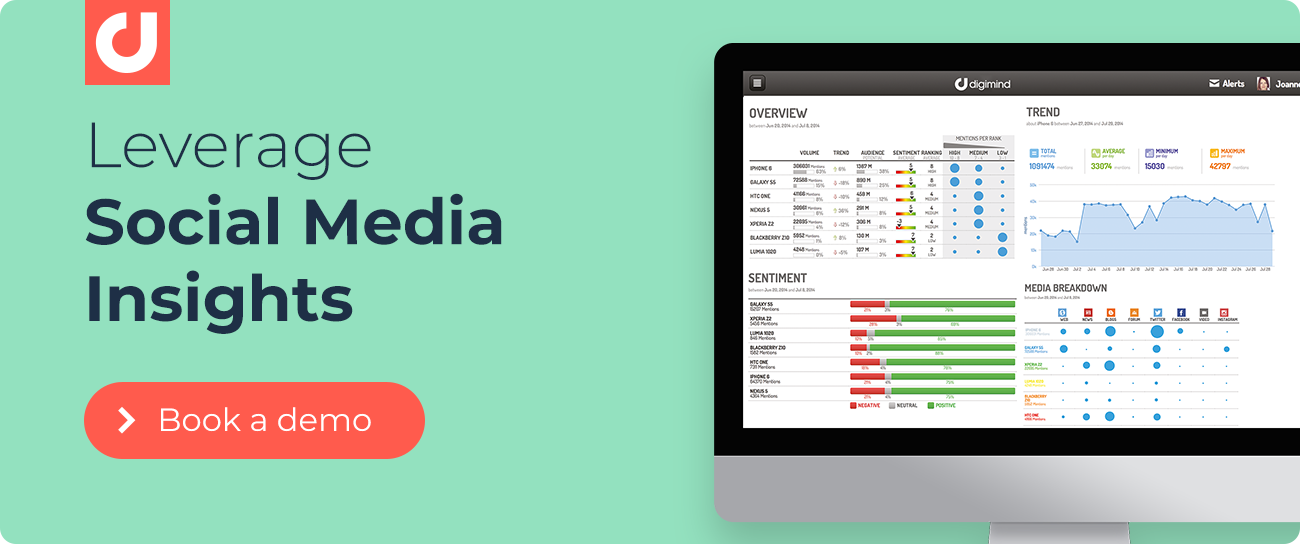How Insurance Brands Can Generate New Business Using Social Intelligence
A case study on how social media can help insurance providers generate new business leads through online prospect analysis.
A major business challenge for insurance providers is the acquisition of clients through lead prospect generation. Social media intelligence has become a major resource for reaching target demographics and driving profitability in any industry. Unsurprisingly, consumers have a particularly strong expectation of insurance providers to uphold a homogeneous and coherent consumer experience across all distribution channels, meaning that social media is a major ally for an insurance agency’s communications strategy.
Data from the 2016 World Insurance Report published by information technology consulting firm Capgemini affirms this assertion. According to the report, 22% of consumers indicated that conversations occurring on social had the greatest impact on their insurance purchase decision-making process. This is striking when compared to the 17% of consumers who cited traditional advice from friends and family as the greatest influence on their decisions.
With this in mind, the following article will outline a major Italian insurance provider’s collaboration with Digimind to successfully implement social intelligence analysis into its prospecting process and sales strategies.
The Business Challenge
The client began by analyzing the success of its online presence, not only as a means of creating awareness and positioning the brand, but to define a social media marketing strategy aimed at generating new business and driving profitability.
Following this analysis, our client sought to do the following:
- Identify, target, and reach new customers through social media.
- Leverage consumer social media interactions to refine brand image and customer perception of its service offerings.
- Involve employees, specifically insurers, in a more complex and detailed sales structure.
The Project
The client’s communications and brand management departments decided to employ Digimind Social's advanced listening, monitoring, and analysis capabilities to achieve the following goal:
Implement a social sales strategy to effectively engage consumers and monitor relevant social media interactions and conversations.
 A chart illustrating the frequency of mentions of the Italian provider's types of insurance policies, via Digimind Social.
A chart illustrating the frequency of mentions of the Italian provider's types of insurance policies, via Digimind Social.
The solution
With this goal in mind, the brand developed a five step plan.
1. Analyze
Trends across the target market’s interests, needs, and preferences.
2. Discover
Key consumer behaviors and social media influencers on each social distribution channel.
3. Segment
Target consumers based on psychographic, demographic, and geographic analysis of the total volume of mentions and their associated sentiment.
4. Share
Real-time analysis of significant information with customizable dashboards in order to target key users with personalized messages, offers, and proposals.
5. Integrate
The data emerging from social listening and monitoring activities with the metrics associated with customer experience and feedback.
The data provided deeper analysis of consumer social media engagement (sharing, conversation, contacts) through personal profiles and third-party platforms such as insurance reviewers. This information was combined with analysis of site traffic, lead generations, and social sales KPIs.
 A graph demonstrating the mentions of insurance policy types over time, via Digimind Social.
A graph demonstrating the mentions of insurance policy types over time, via Digimind Social.The Results
The social sales strategy achieved the following:
- Optimized the return on investment of online presence and social media.
- Improved the efficiency of social media analysis and success measurement.
- Developed an effective employee brand advocacy program.
The strategy led to the implementation of efficient corporate organizational models by creating an effective synergy between the marketing (prospect mapping) and sales (direct contact) teams.
The Best Practices
1. Analyze Customer Preferences and Needs
Analyzing the needs of the target market allows insurance agencies to avoid following cold leads and to foster well-targeted client relationships.
2. Involve the Sales Team in the Marketing Process
Invest in employee brand advocacy programs. Users trust salespeople that they feel comfortable with and with whom they share a connection and mutual interests.
3. Structure an Integrated Analytical Model
Analysis of social media platforms owned by the brand are valuable indicators, but social intelligence should not be limited to social platforms owned by the brand. Analysis of conversations occurring on third-party insurance reviewers will generate a more complete understanding of the target market.
4. Align the Marketing and Sales Teams
Strong collaboration should exist between marketing and sales. The marketing team must seek to understand the target market and support the sales force with insight on prospective consumers. This will enable the sales team to cultivate lucrative relationships with prospective buyers.

Written by Christine Carzo
Christine is the US Marketing Director at Digimind. She interested in writing and talking about all things related to Marketing and business strategy, especially finding ways to help businesses grow faster and become more intelligent.
